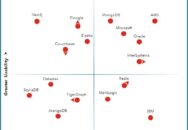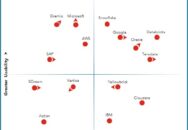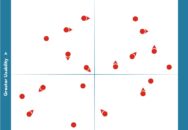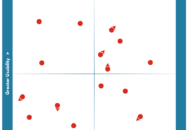Guidebook: Deep learning on AWS
To understand the state of deep learning adoption and usage today, as well as how it has changed since last year’s report (Nucleus Research t147 – Deep learning on AWS – October 2019), Nucleus conducted interviews and analyzed the experiences of 19 AWS customers across 327 unique projects. We found that 90 percent of deep learning is running in a cloud environment, with AWS being the most popular cloud service provider, hosting 90 percent of cloud-based deep learning projects (a one percent increase from last year). We also found that the majority of deep learning workloads were concentrated around two deep learning frameworks. Of the 327 projects, 93 percent were built on TensorFlow or PyTorch, with some customers using both. Other frameworks encountered include MxNet, XGBoost, Caffe2, among others.
We also found that 92 percent of cloud-based TensorFlow workloads are running on AWS – a seven point increase from last year; and 90 percent of cloud-based PyTorch projects are on AWS, which is up seven points from last year. We also saw an increase in the adoption of Amazon SageMaker, a managed service for building, training, deploying, and orchestrating deep learning models at scale. Last year, 63 percent of AWS customers interviewed were using SageMaker; of the interviewed users this year, 79 percent of AWS customers had begun using SageMaker. One key driver of this 16 percent increase is the addition of SageMaker Ground Truth for automatically labeling training data and images. Labeling training data traditionally requires humans to manually find and identify the required features in a record or image for use training deep learning models. Ground Truth helps automate this time-consuming process, delivering significant time savings with rapid time-to-value, resulting in a short payback period and positive ROI.




